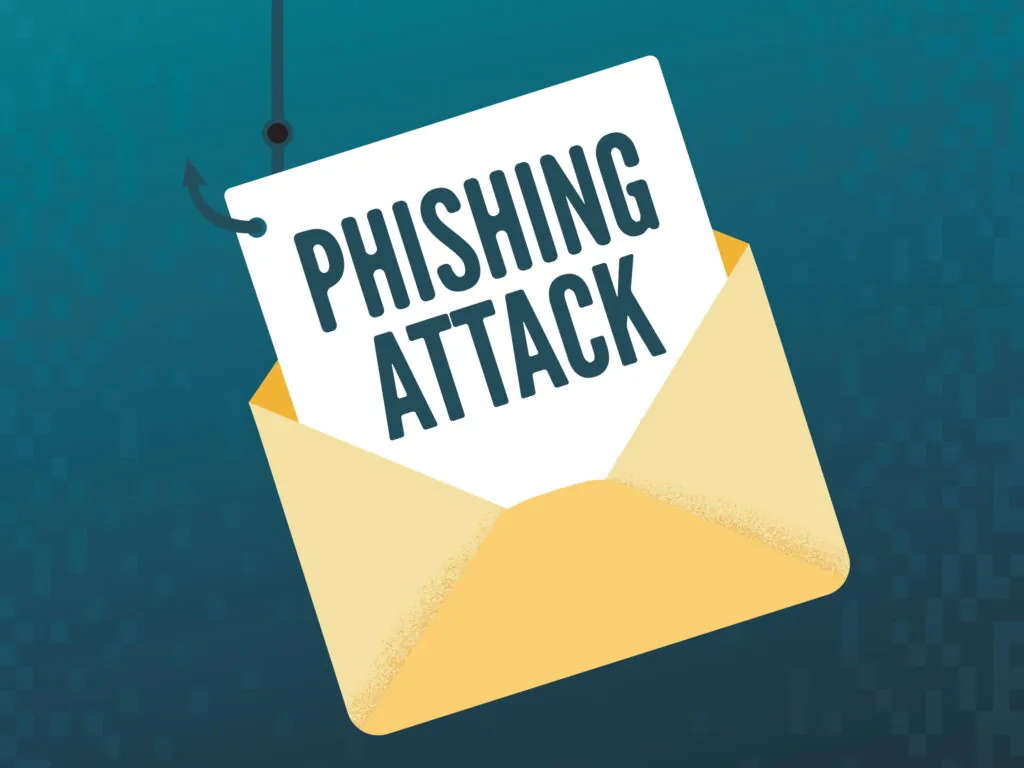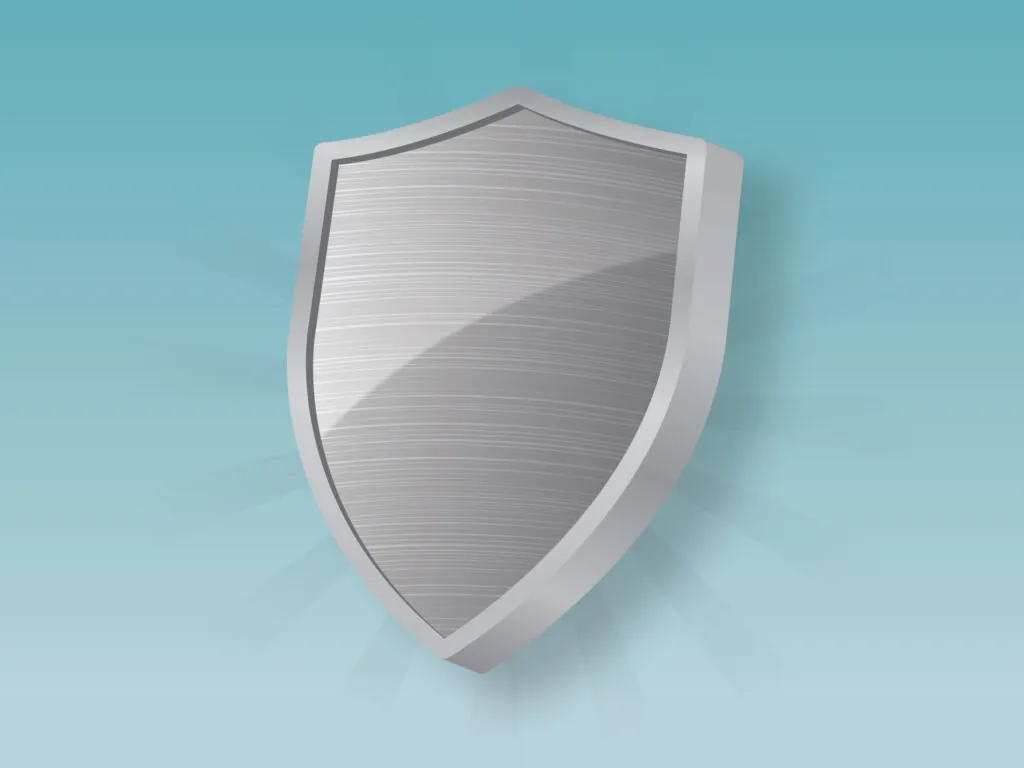Am I Being Phished? Here’s How to Tell
Thanks to modern technology, phishing is more common than ever. If you have a phone, computer or email address, chances are you’ve already experienced this sneaky scam.
So what is phishing, and how can you spot it? Here’s what to know so you can stay ahead of the scammers.

What is phishing?
Phishing is when someone pretends to be a trusted source — like your bank, a government agency or even a coworker — in order to trick you into revealing personal information. This could include login credentials, credit card numbers or Social Security information.
You might receive an email that looks like it came from your bank, asking you to log in and confirm your account details. In reality, the link takes you to a fake website designed to steal your information. Or, someone might call or text claiming to be from a company you use and ask for sensitive data.
These types of scams can happen in a few ways:
- Email: One of the most common phishing methods.
- Text messages: Messages that often warn of suspicious activity or offer a fake reward.
- Phone calls: Someone calls pretending to be from your bank or another trusted organization.
- Pharming: Malware installed on your device silently redirects you to a fake website when you try to visit a legitimate one.
No matter the method, the goal is the same: to get access to your private information.
How to spot a phishing attempt
Recognizing the signs of phishing is one of the best ways to protect yourself and others. If you get a message, email or call that includes any of the following, it may be an attempt to scam you:
- Requests for personal or financial information
- Urgent account updates or password resets
- Claims of suspicious activity or a billing issue
- Unexpected invoices or payment requests
- Messages saying you’ve won a prize or are owed a refund
- Offers that seem too good to be true, such as free gift cards or coupons
Phishing attempts often look like they come from companies you trust. Always check the email address or phone number carefully. If something feels off, take a moment to verify it before responding or clicking on any links.

Steps you can take to stay safe
There are several steps you can take to reduce your risk of falling for a phishing scam:
- Stay cautious with unexpected messages, even if they look legitimate.
- Double-check email addresses, web links and phone numbers before taking action.
- Avoid sharing personal or financial information over email or phone unless you’re sure who you’re speaking with.
- Enable multi-factor authentication on your accounts whenever possible. This adds an extra layer of protection.
- Keep your devices updated and use reputable antivirus or security software.
- Set your phone, tablet or computer to update software automatically.
If you ever feel unsure, it’s a good idea to contact the company directly using the official contact information on its website. If the message came from a friend or colleague and seems suspicious, reach out to confirm it really came from them.
Moving forward with confidence
With the right knowledge and a few simple habits, you can avoid falling victim to phishing. Staying alert and informed helps protect not just your own information, but also the people around you.
Check out our Security page to learn how Horizon helps keeps you safe from scams and fraud.
Share